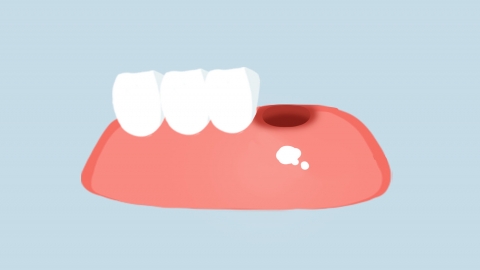Will there be bleeding after tooth extraction?
In general, whether bleeding occurs after tooth extraction depends on the specific circumstances of the procedure and the patient's own blood clotting function. If abnormal bleeding occurs, prompt medical attention is recommended. The detailed analysis is as follows:

If the tooth extraction is simple—such as removing a loose baby tooth or a normally positioned permanent tooth without impaction—and the patient has normal clotting function, only brief and minimal bleeding typically occurs afterward. This type of bleeding usually results from slight oozing at the extraction site. Following the dentist’s instructions to firmly bite down on a gauze pad for 30–40 minutes allows the blood to gradually clot and form a protective scab, effectively stopping the bleeding. Slight traces of blood in saliva afterward are normal.
However, if the extraction is complex—such as removing impacted wisdom teeth or multi-rooted teeth—which requires incising the gum tissue or removing part of the alveolar bone, or if the patient has impaired clotting function, postoperative bleeding may be more significant and last longer. Complex extractions result in larger wound areas and deeper tissue damage, while patients with clotting disorders may struggle to form stable blood clots, leading to persistent oozing or prolonged minor bleeding, which may require special interventions by the dentist to control.
After tooth extraction, it is essential to strictly follow medical instructions: avoid talking, rinsing, or eating while biting down on the gauze pad to prevent dislodging the blood clot and triggering re-bleeding. For 24 hours after the procedure, do not brush your teeth, touch the wound with your tongue, or perform sucking actions (such as using a straw).





